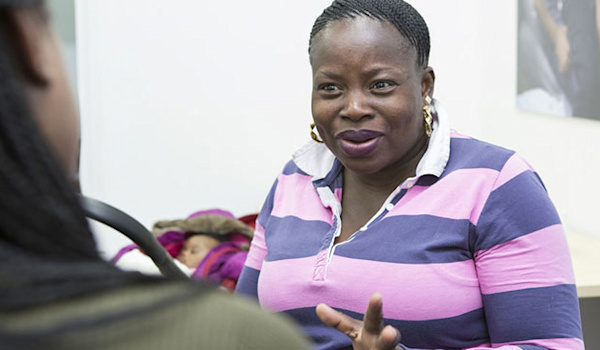How to vote if you are homeless
To vote in an election you need to:
Be signed up to vote - this is called registering to vote
Have photo ID or a voter authority certificate when you vote in person
Who can register to vote
You can register to vote in all UK elections if you are:
British or Irish
a citizen of a Commonwealth country with leave to remain
a citizen of Cyprus or Malta with leave to remain
Other EU citizens with settled status, pre settled status or leave to remain can only register to vote in local elections.
Find out more about who can vote on the Electoral Commission website.
How to register to vote
Voter registration is sometimes called being on the electoral register.
You normally register at the address you live at. But if you do not have a fixed or permanent address you need to fill in a special form.
You have to give an 'address for registration' on the form. This can be somewhere that you sleep or spend a large part of your day.
For example:
a friend's address if you are sofa surfing
a night shelter or day centre if you use these
Help with the form
You can ask your council for help with filling in the form.
You could also ask a day centre, hostel or advice service to help you.
You must send the form to the council or take it in to their offices.
Find the form and where to send it on the Electoral Commission website.
Photo ID you can use when you vote
You can use any of these to vote in person at a polling station:
a passport
a UK driving licence or provisional licence
a biometric immigration document
a PASS card (ID with the proof of age standards scheme hologram)
some travel cards for older people or disabled people
a voter authority certificate
Find a full list of photo ID you can use on the Electoral Commission website.
You can use these types of ID even if they are out of date if the photo still looks like you.
The name on the ID should be the same as the one you used to register to vote.
How to get a voter authority certificate
A voter authority certificate is a type of photo ID. You only need this if you do not have another form of ID you can use to vote.
It can only be used as proof of ID to vote in an election or referendum. You can keep using it because it does not run out. You only need to apply once unless you lose the card.
You can apply on GOV.UK if you have:
a recent digital photo of yourself
your national insurance number
You can print off and fill in a paper form if you cannot apply online.
If you do not know your national insurance number
You need to show other types of supporting documents. For example, a birth certificate, marriage certificate, bank statements or bills.
Help with the form, photo or supporting documents
You can ask your council for help with the form.
You could also ask a day centre, hostel or advice service to help you.
They could help with printing out and filling in the form. They could also take a photo of you.
You must send the form to the council or take it in to their offices.
Find your council's electoral registration office on GOV.UK.
You can also call the Electoral Commission helpline on 0800 328 0280 if you have questions.
What to do on election day
The council should send a poll card to the address that you registered to vote from.
This card tells you where your polling station is. This is the place that you go to vote.
Polling stations are open from 7am to 10pm on election day.
There might be a short queue but it should not take too long.
Do not worry if you do not have your poll card or have lost it.
Find your polling station on the Electoral Commission website.
What happens at the polling station
Do not forget your photo ID or voter authority certificate.
Staff at the polling station check your voter ID against your name on the register.
They give you a ballot paper that lists who you can vote for.
You go into a voting booth with your ballot paper.
You can use the pencil in the voting booth or your own pen to vote on the ballot paper.
You fold the paper in half and put it in the ballot box.
If your photo ID is refused
This should not happen if you have either:
a voter authority certificate
one of the listed types of photo ID
Speak to the presiding officer if you are wrongly told you cannot vote.
Find out more about voting in person on the Electoral Commission website.
Last updated: 7 July 2024

